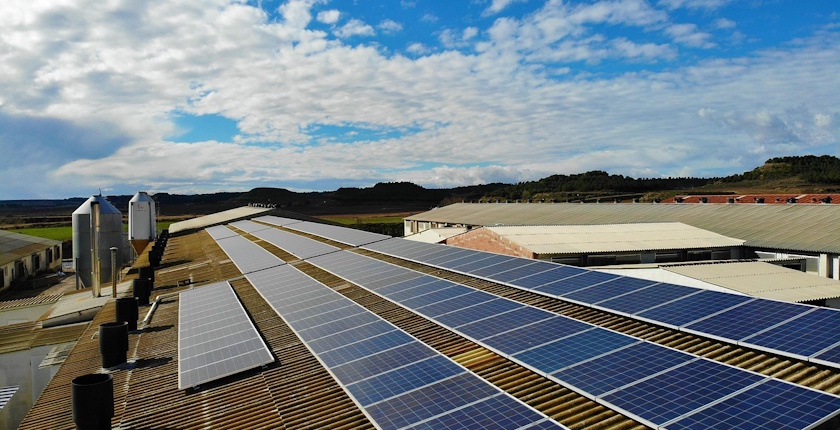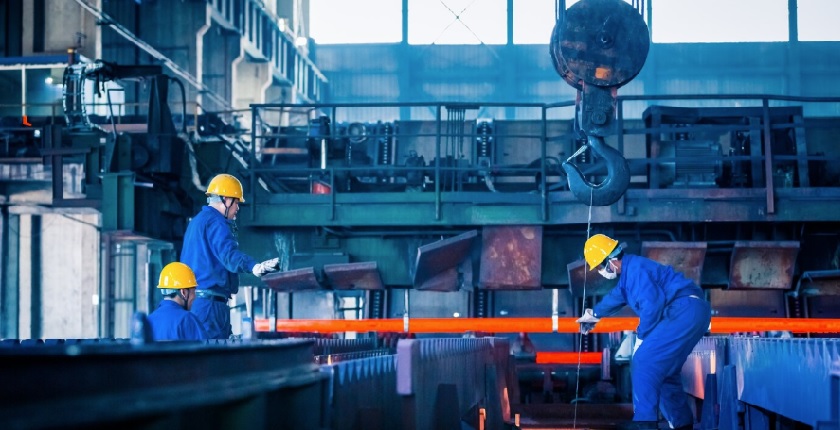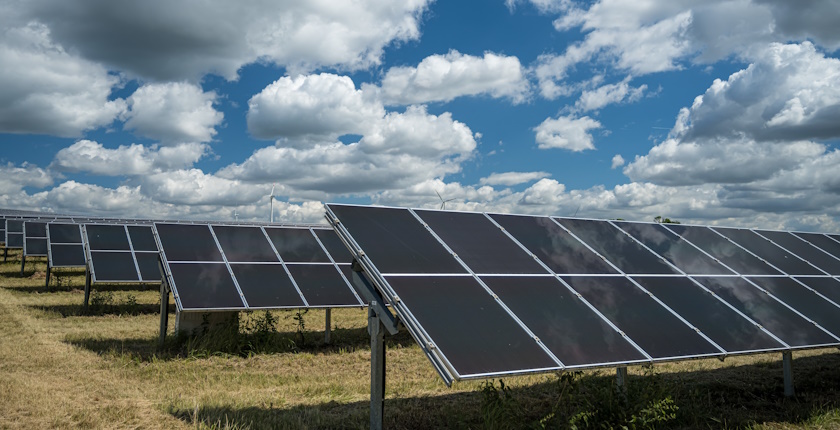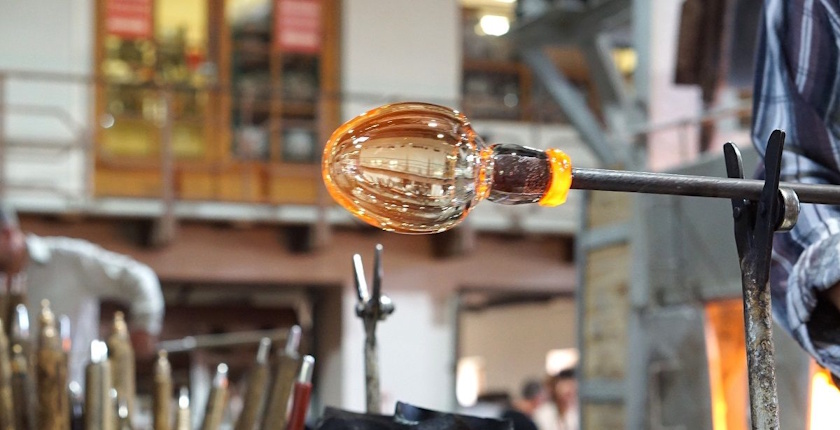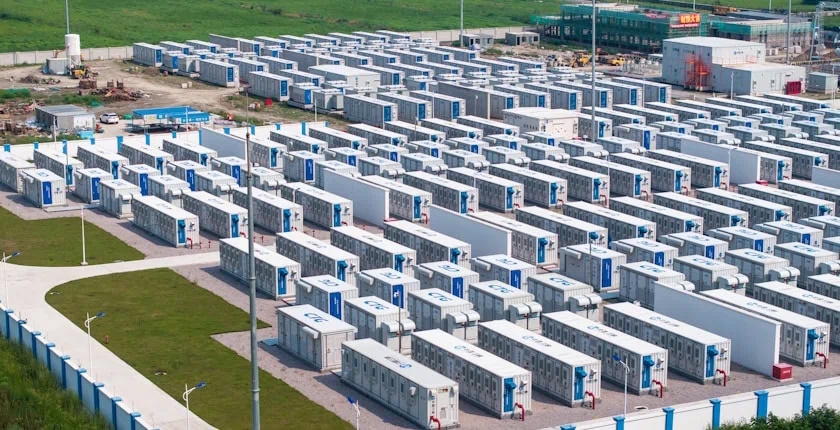
DRI acquires 112 MW battery storage project in Poland from Greenvolt
DRI expanded its activities in Poland with the acquisition of rights to build a battery energy storage system (BESS) in Kozienice, located in the east-central part of the country. The investment will also strengthen Ukraine’s grid, according to the update.
DRI, DTEK’s renewables arm in the European Union, acquired a BESS project for 112 MW in capability from Greenvolt Group. The battery system would have a four-hour duration, translating to a capacity of 448 MWh. The project is in a ready-to-build (RTB) stage, with all necessary administrative approvals, permits, and grid connection agreements in place for immediate construction, the two companies said.
The site is in Kozienice in the east-central part of Poland. In addition to making the country’s electricity grid more stable, the project will progressively strengthen Ukraine’s grid as the country’s energy network is integrated into a single European system, DRI pointed out.
The ambition is part of DTEK’s broader drive to prioritise energy security for Ukraine and the rest of Europe, the announcement reads.
DRI lifts battery storage project portfolio in Poland to 245 MW
With the new agreement, DRI is consolidating its position in the Polish energy market, and more broadly, in Europe’s energy transition, said DRI’s new Chief Executive Officer Murat Çinar.
Battery energy storage systems will be at the heart of the power grid of the future, DRI’s CEO Murat Çinar underscored
“By adding a second battery storage project to our portfolio, the acquisition of the Kozienice BESS will increase our total storage capacity available to the Polish grid to 245 MW. This technology will play a vital role in Europe’s transition towards a renewables-based system, enhancing grid stability and reducing the risk of outages during periods of system stress. Battery energy storage systems will be at the heart of the power grid of the future,” he stated.
Alongside its two battery storage projects in Poland, Amsterdam-based DRI is advancing fifteen solar and onshore wind projects at various stages of development in Croatia, Italy and Romania. The company said its mission is to work in underserved markets in Europe to achieve their net zero goals.
Its parent DTEK Group is the biggest private investor in Ukraine’s energy sector.
Greenvolt delivers high-impact BESS project
Greenvolt is one of the largest developers of energy storage in Europe, a technology that stands as a key pillar of the energy transition, the group’s CEO João Manso Neto said.
“This agreement fully aligns with our strategic objective to deliver high-impact projects that drive the ongoing transformation of the European energy landscape and attract strong market interest,” he stressed.
Greenvolt Group is a company within KKR’s portfolio. Through Greenvolt Power, it develops utility-scale wind, solar, and energy storage projects across 18 markets in Europe, North America, and Asia.


